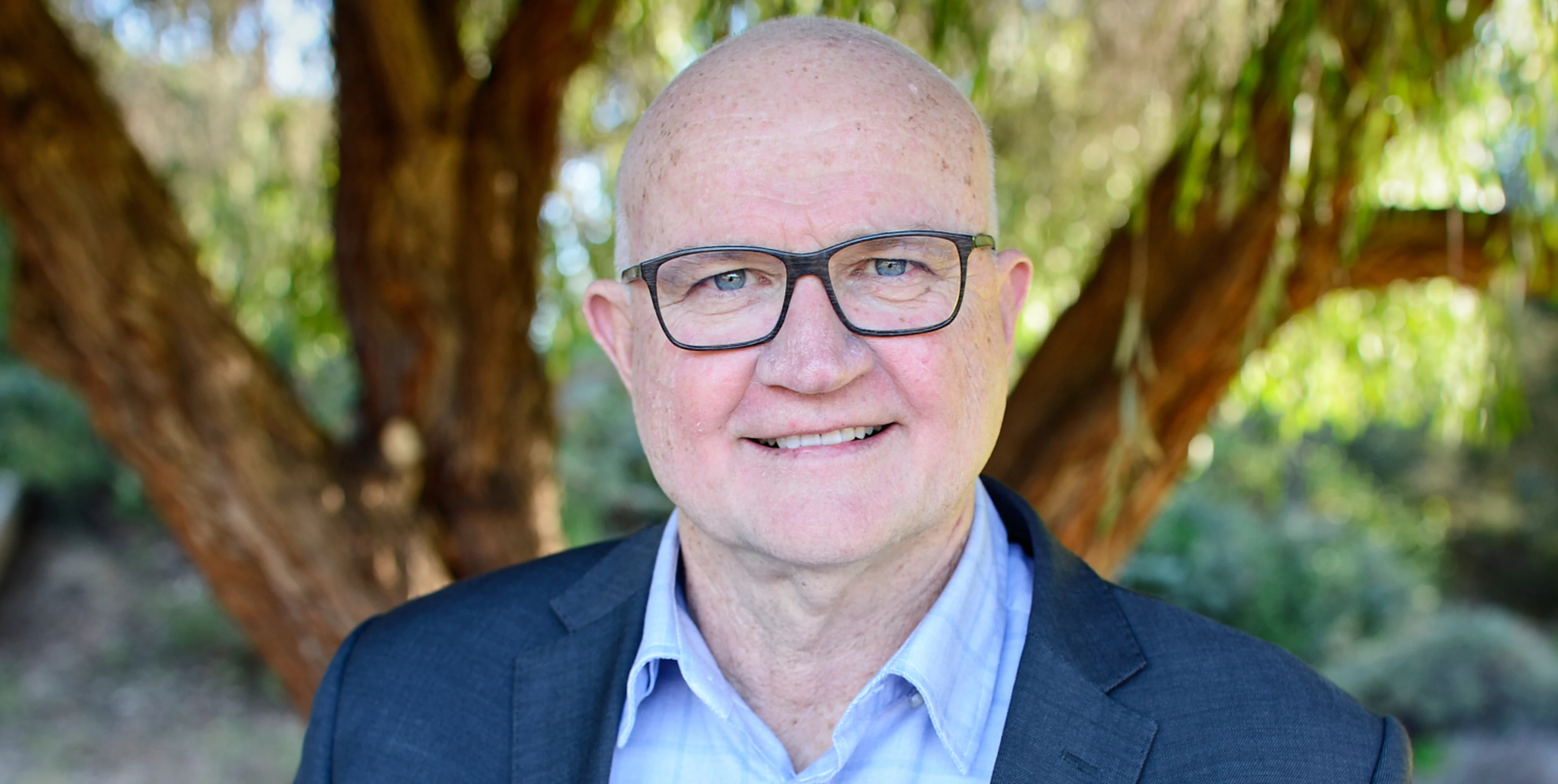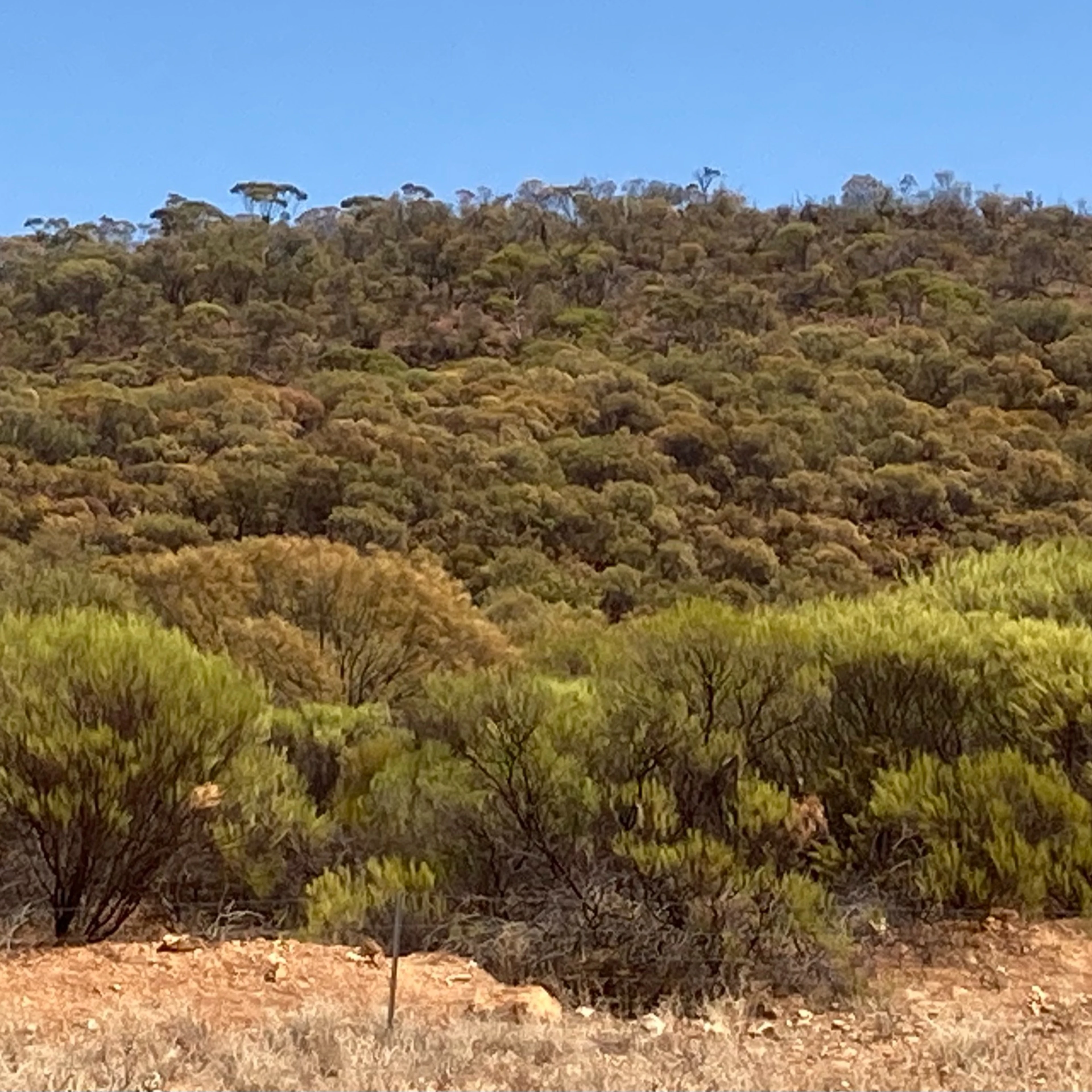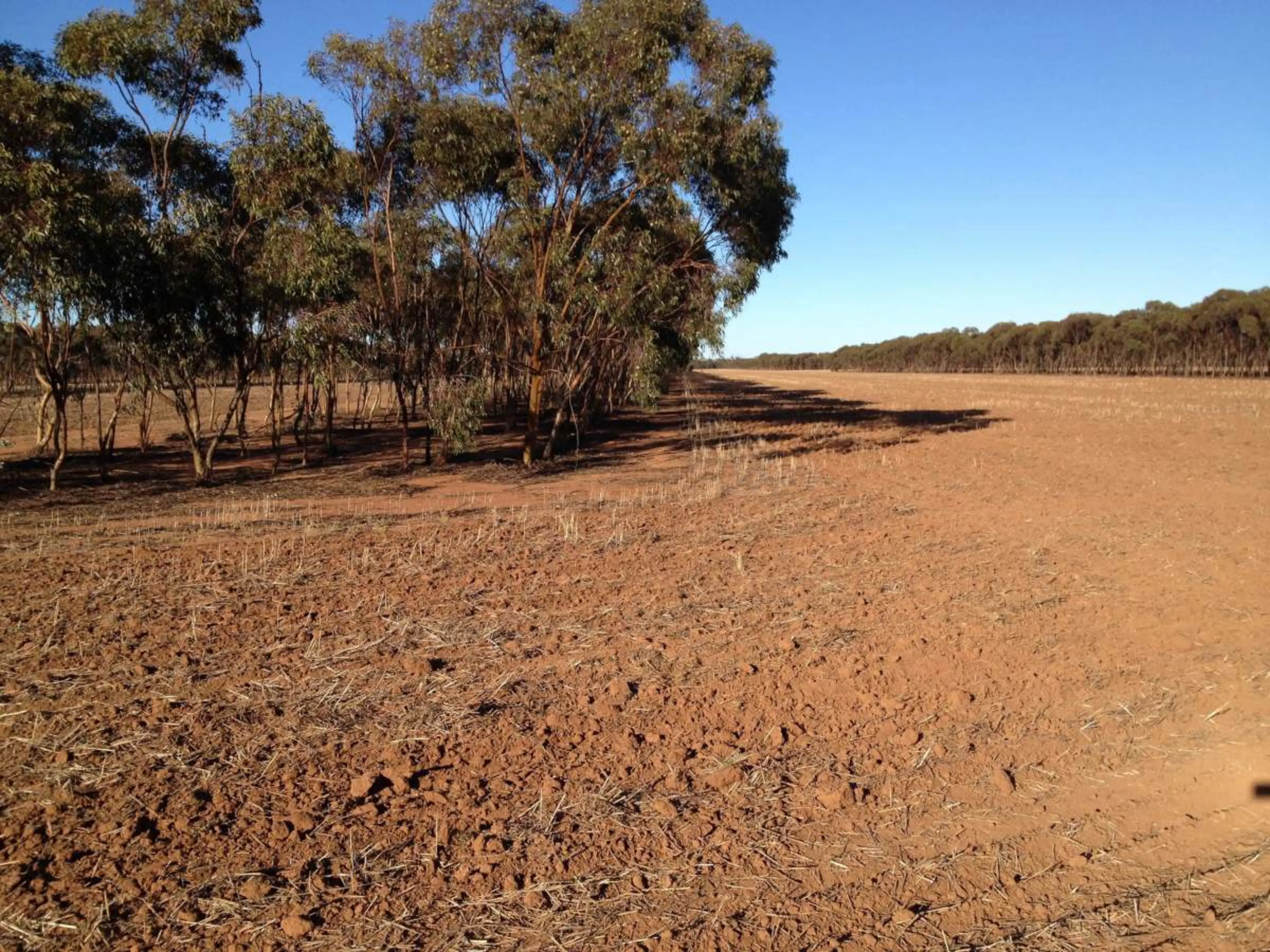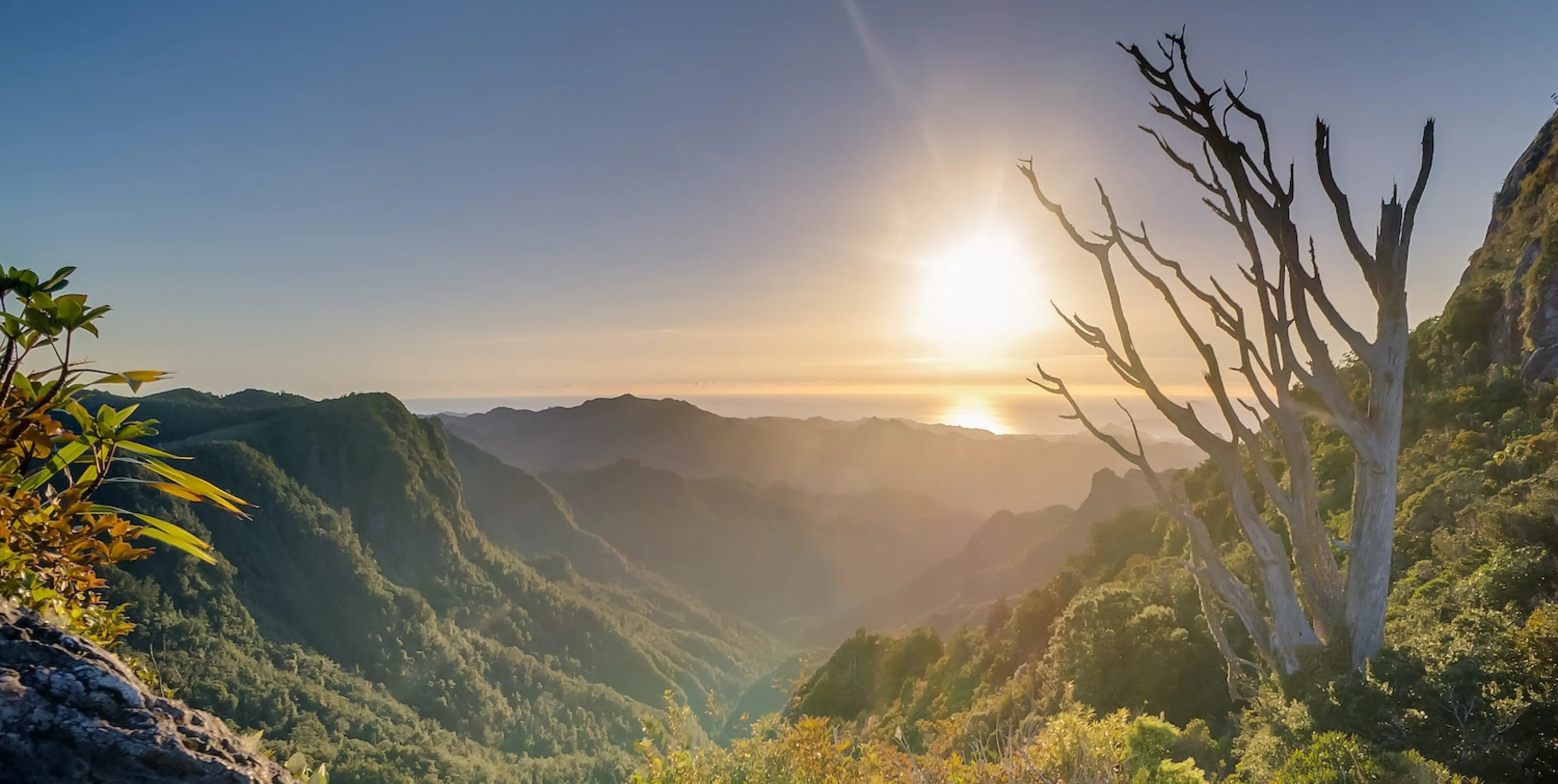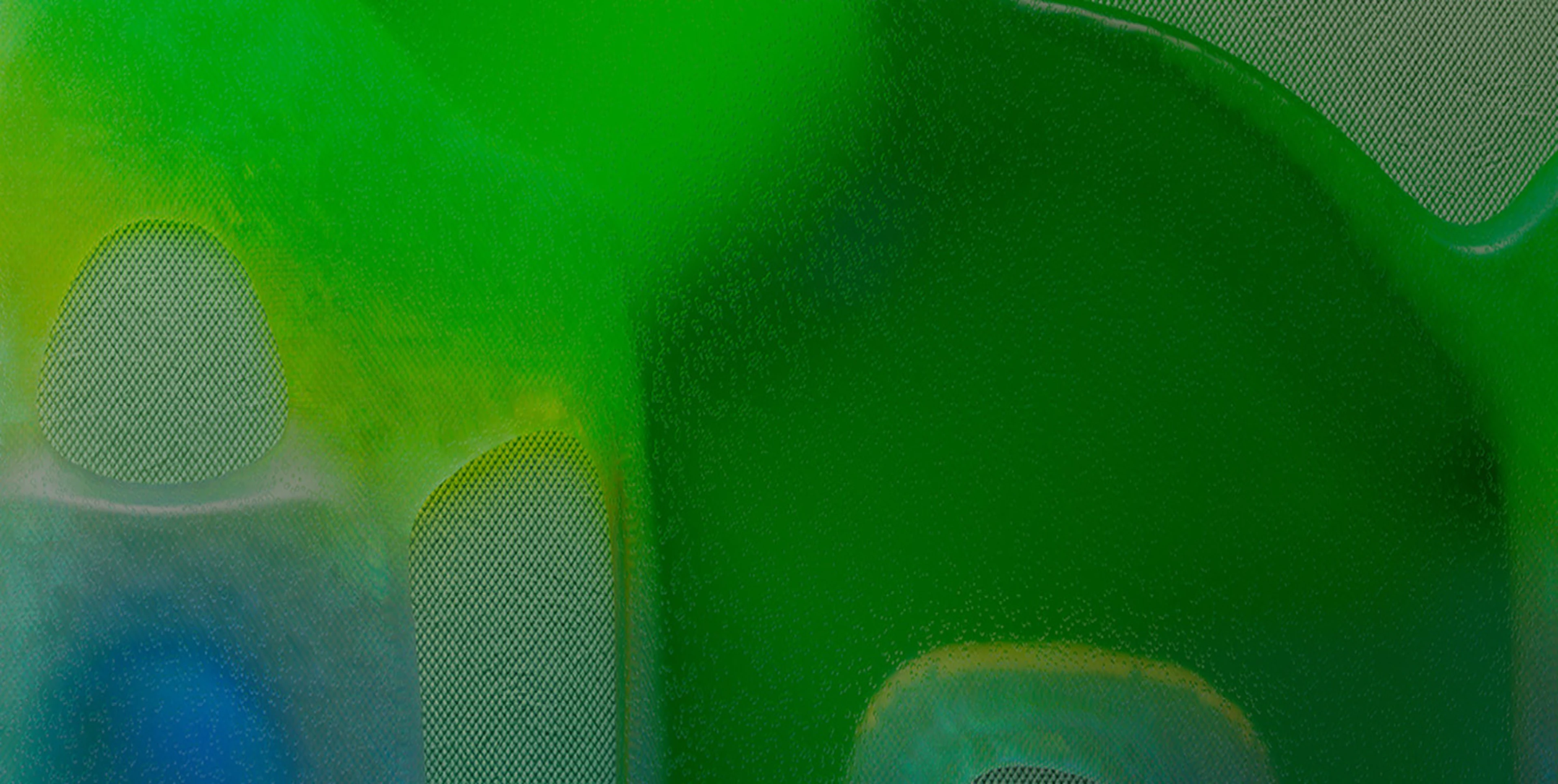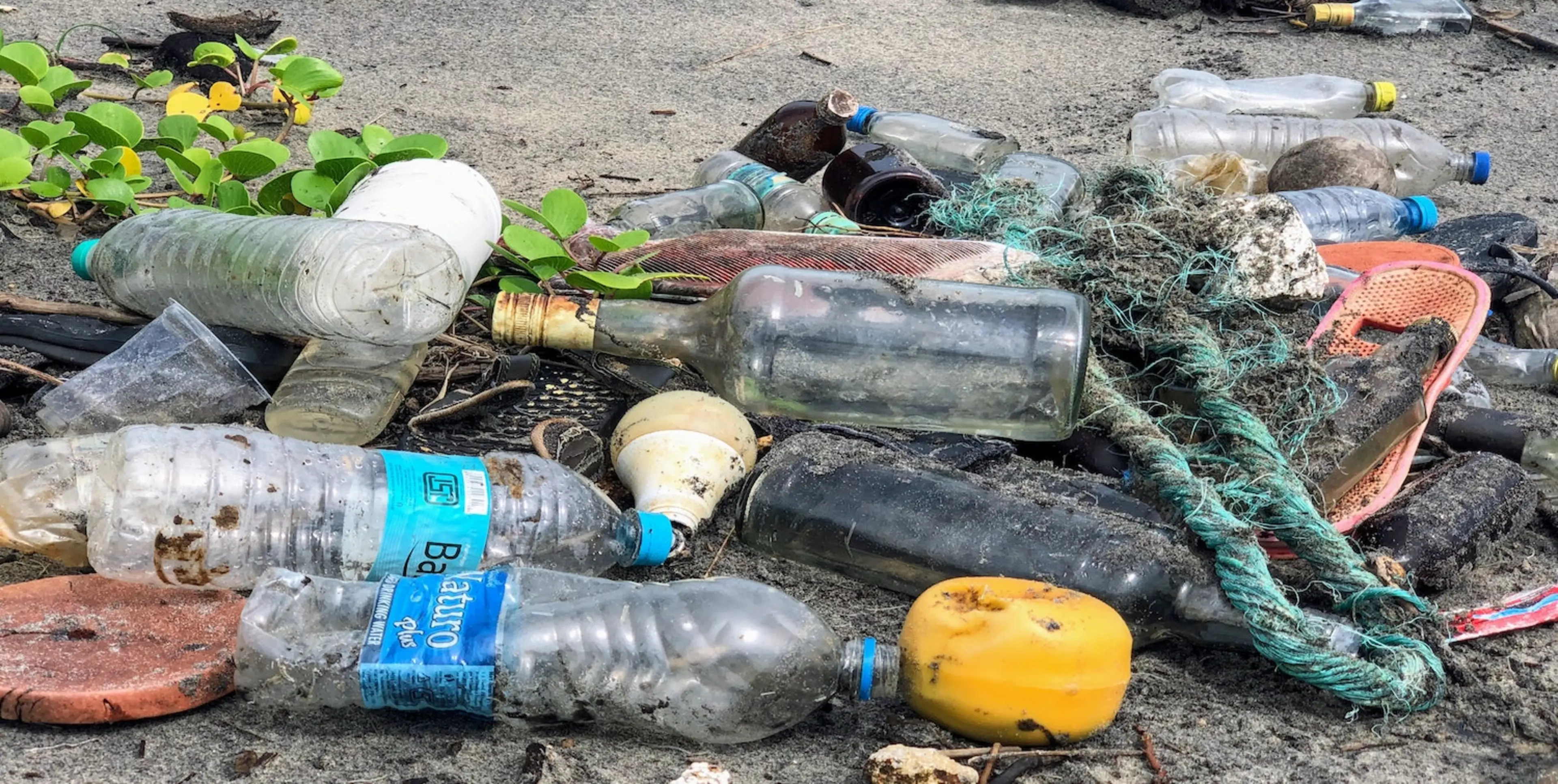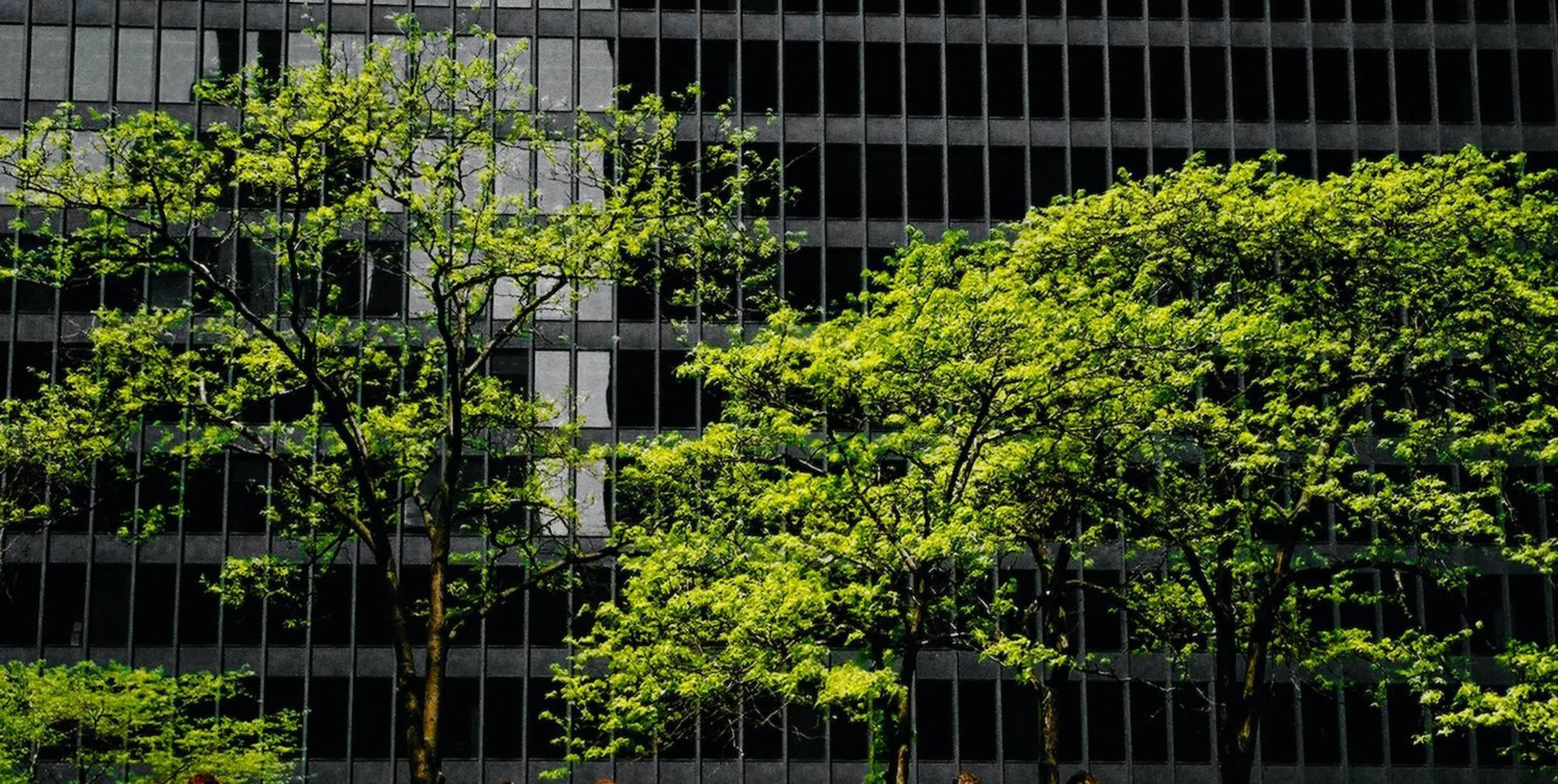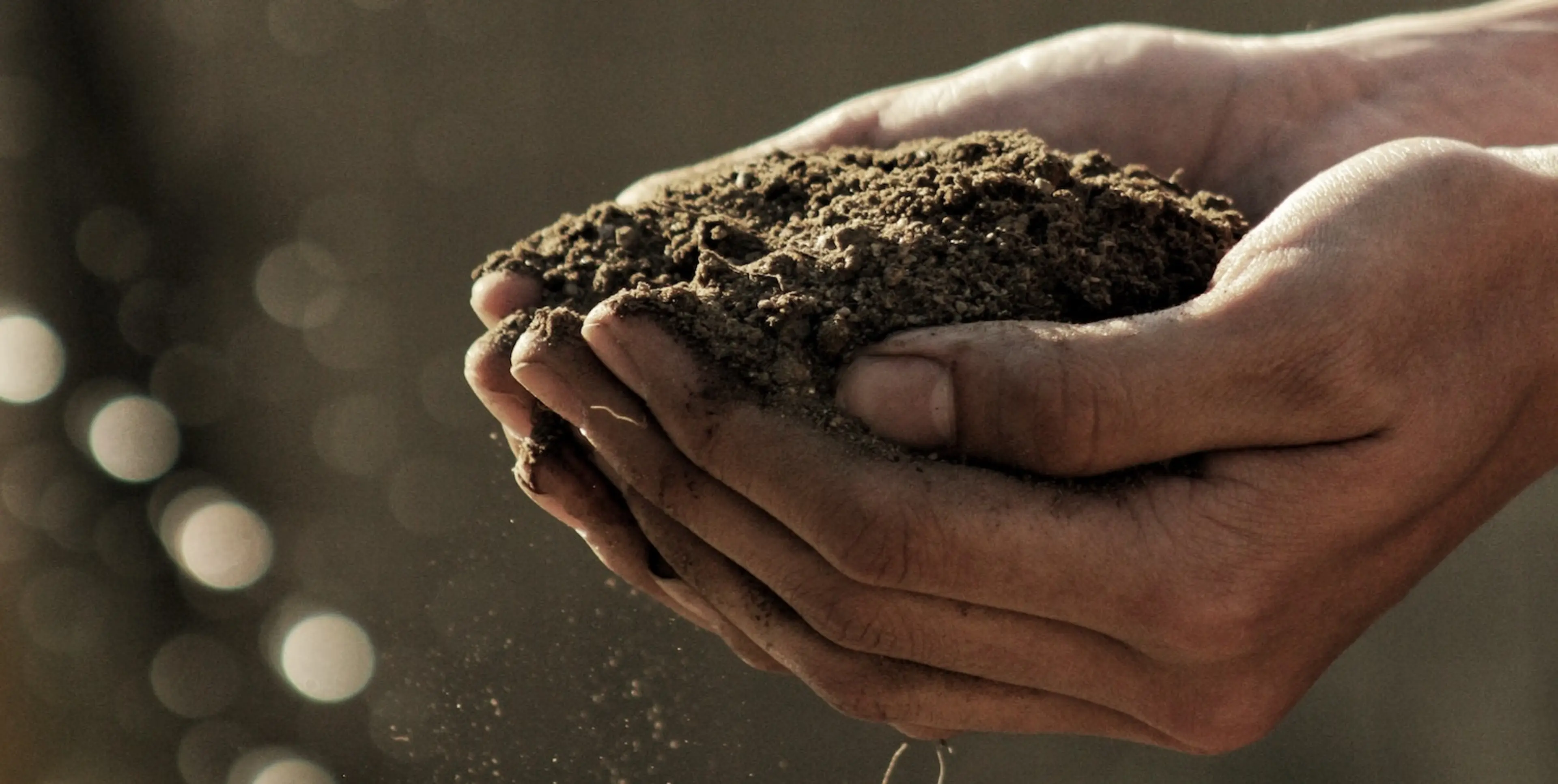We caught up with co-founder Simon Avenell to hear what’s next for this game-changing, nature-based carbon removal project.
When did it all start?
We officially unveiled InterEarth in February this year, although my business partner Howard Carr and I have been working on the idea for about four years. Howard has been thinking about it for even longer!
What sparked the idea?
We were aware that most options in the carbon removal space can be expensive, difficult to scale or have high reversal risk. The InterEarth solution aims to address these issues: it’s long-term, high-quality carbon storage that is both affordable and scalable – a potential game changer in tackling climate change.
Talk us through how it works
In principle, it’s very simple. Marginal farmland is often home to woody, high biomass plants that coppice – meaning they regrow after the parts above ground are cut back. We can regularly harvest this aboveground biomass, then store it in a way that cuts off pathways to decomposition.This process can be repeated many times, in effect creating a ‘carbon pump’.
And where does InterEarth work?
The solution can work in pretty much any location where a hot desert meets farmland. We’re talking marginal areas at high risk of degradation and desertification – land that has rarely been considered for reforestation in the past.
How does the solution involve the local community?
One of the great things about InterEarth is the employment opportunities it creates, often in areas that could be in decline due to the economic and environmental challenges associated with farming marginal land. The reaction so far has been really encouraging: local people seem to be on board with the solution as a way to tackle CO2 levels in the atmosphere, and see the potential it brings for additional employment.
Tell us about a milestone that you’re proud of
One recent breakthrough was receiving local government planning approval for ‘demonstration planting’ in the Shire of Perenjori, about 350km north of Perth, Western Australia. After a round of community consultations, we got the seal of approval with a unanimous vote. I take this to mean we have great support from the community.
What’s next for InterEarth?
Right now we’re preparing for the demonstration planting, which will begin next year and span 400 hectares of marginal land. During the wet winter months of June, July and August we’ll plant around 200,000 trees of 10 or so different species. When this proves successful, it will simply be a matter of scaling up: the current plan is to plant 5,000 hectares in 2024, 10,000 hectares in 2025, 25,000 hectares in 2026, and so on – continuing to grow as fast as we can.
